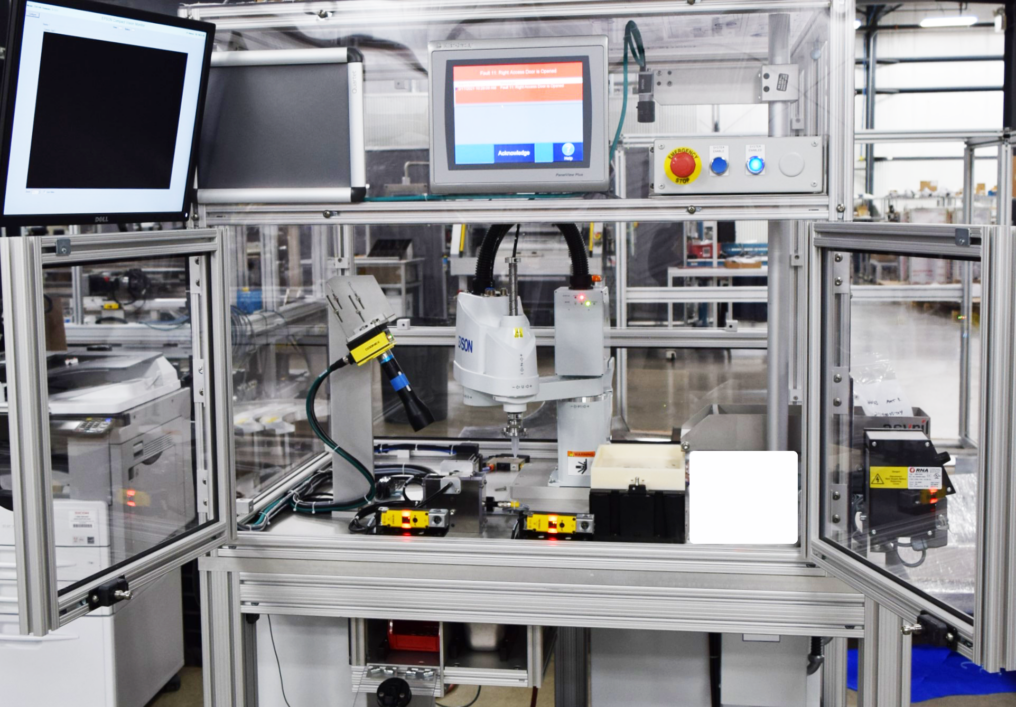How Invotec helped a contract manufacturer improve the accuracy of their inspection process for medical device components.
The Challenge
A contract manufacturer supplying critical pins for medical device assembly was given eight weeks by their largest customer to improve the accuracy and reliability of their currently manual inspection process.
The stainless steel pins are .030” in diameter and require inspection for size, length, features, and coating, before shipment to the medical device manufacturer. Due to the small scale of the pins, not only was this task tedious and time consuming, but it was also prone to a large amount of human error. In their search for an automated process, the contract manufacturer hoped to create more consistent inspection criteria and produce reliable results.
The Solution
Automating this process began with a series of feasibility tests at Invotec’s vision lab. Engineers explored a variety of vision systems in order to determine whether or not they could accurately identify the pin features and satisfy the inspection requirements. Additional programming was also needed to accommodate three different types of pins in a single system.
Once Invotec was able to develop criteria and train the vision system in the lab, they created a fully-automated inspection station for the customer. The system works like this:
- Operators load pins into a feeding system where they fall from the hopper to a vibratory tray inside the station.
- A vision system above the tray communicates the pins’ positions to a robot that then transfers the pins into a nest.
- Once in the nest, the pins are inspected by a vision system and deemed either “good” or “bad” based on the customer’s criteria.
- The nest rotates to sort the pins accordingly by dropping them to the right hand side for a good pin and to the left side for a bad pin. There is a locked door to access the bad pins and help eliminate the risk of confusing them with the accepted components.
The Results
The end customer relies on these pins to ensure their devices operate correctly in the field, and the tolerance for acceptance is incredibly low. Therefore, the pin manufacturer’s top priority was a system that could improve reliability and consistency while reducing cycle time.
The new system provides a higher level of confidence in the accuracy of the inspection process as well as a more consistent cycle time.
Does the idea of an automated inspection system makes sense for your organization? Contact us today!
Share this Post

